Flag of Catalonia
- Flag Type: Regional
- Proportions (official): 2:3
- Sovereignty (year): NO (Autonomous Community of Spain)
- Large cities: Tarragona, Girona, Lleida
- Area (km²): 32 108
- Highest point: Pica d'Estats (3,143 m)
- Lowest point: Mediterranean Sea (0 m)
- Languages: Catalan, Spanish, Aranese
- Dialing code: +34
- National domain: .es , .cat
Flag Information
General information
Demography and Culture
Economy and communications
- All Flags
- Flags of Countries by Continent
-
Flags of Organizations
- Flags of UN countries
- Flags of the European Union countries
- Flags of NATO countries
- Flags of the countries of the Organization of Islamic Cooperation
- Flags of the countries of the Organization of American States
- Flags of the Arab League countries
- Flags of the African Union countries
- Flags of the countries of the Union of South American Nations
- Flags of the Commonwealth of Nations
- Flags of the countries of the Secretariat of the Pacific Community
- Flags of the Nordic Council countries
- Flags of the Caribbean Community
- Flags of the countries of the Association of Southeast Asian Nations
- Flags of the East African Community
- Flags of the countries of the Organization of Turkic States
- LGBT Community Flags
- Historical Flags
- Ethnic Flags
- Flags of the USA (states)
Description
The flag of Catalonia, known as the Senyera, is not merely a regional symbol but a deeply embedded element of Catalan identity, history, and aspirations. Its red and yellow stripes embody centuries of heritage, resilience, and cultural distinctiveness. This ancient symbol continues to play a central role in the life of Catalonia, from historical narratives to modern political movements.
Description and Elements of the Flag
The Senyera is the official flag of Catalonia, comprising a rectangular banner with nine horizontal stripes of equal width: five yellow (gold) and four red. The stripes alternate, starting with yellow at the top.
-
Colors: The primary colors of the flag are a vibrant golden-yellow and a rich red. In heraldry, yellow (or gold) traditionally symbolizes generosity, dignity, and prosperity, while red (or gules) signifies bravery, courage, and endurance. This combination gives the flag a distinct expressiveness and recognition.
-
Elements: The only elements of the flag are these horizontal stripes. Their simplicity and repetition make the Senyera easily recognizable and allow it to be used as a core motif in coats of arms, emblems, and other symbols associated with Catalonia and the former territories of the Crown of Aragon.
-
Dimensions and Proportions: The official proportions of the Senyera are typically 2:3, which is a standard ratio for many flags. While precise physical dimensions may vary depending on the context of use (e.g., a flag on a building, a flag for a procession), the proportions remain constant to maintain the visual integrity of the symbol.
History of Creation and Adoption of the Flag
The history of the Senyera dates back to the High Middle Ages, making it one of the oldest flags in Europe still in use.
-
Legendary Origins ("Four Bloody Fingers"): The most famous legend connects the flag's origin to Count Wilfred the Hairy (Guifré el Pilós) of Barcelona. According to tradition, in the 9th century, after a battle in which Wilfred was mortally wounded, the Frankish King Charles the Bald (or, in some versions, Louis the Pious) dipped his fingers in the count's blood and drew them across his golden shield, leaving four bloody stripes. This myth, known as "Els Quatre Dits de Sang" (The Four Bloody Fingers), became a powerful symbol of heroism and sacrifice, though it is not historically confirmed.
-
Heraldic Roots: Historical research indicates that the red and yellow stripes emerged as a heraldic symbol of the Counts of Barcelona in the 12th century. The first undisputed evidence of this coat of arms dates to the 1150s, when it appeared on the seal of Ramon Berenguer IV, Count of Barcelona and Prince of the Crown of Aragon. Later, this coat of arms became the symbol of the entire Crown of Aragon, a powerful medieval entity that included Aragon, Catalonia, Valencia, the Balearic Islands, as well as Mediterranean possessions (such as Sardinia, Sicily, and Naples).
-
Adoption of the Senyera: The Senyera was used as the flag of the Crown of Aragon for centuries, becoming the de facto national and maritime flag of Catalonia. It was depicted on ships and documents from the 14th century. After the union with Castile and the formation of the Spanish Kingdom, the use of the Senyera continued, although its status varied depending on political realities. During Franco's dictatorship (1939-1975), Catalan symbols, including the Senyera, were banned. Following the restoration of democracy in Spain and the adoption of the 1978 Constitution, Catalonia gained the status of an autonomous community. In 1979, the Senyera was officially adopted as the flag of the Autonomous Community of Catalonia, cementing its historical and cultural significance.
Country, Region, and Adoption
Catalonia is one of the 17 autonomous communities of Spain, located in the northeast of the Iberian Peninsula, bordering France and Andorra. The Senyera is its official flag, sanctioned by the Statute of Autonomy of Catalonia, which is the main legal document defining its self-government within the Spanish constitution. Thus, the Senyera is recognized at both regional and national levels as the symbol of Catalonia.
Significance for Residents
For Catalans, the Senyera is much more than just a piece of cloth. It carries deep cultural, historical, and emotional significance:
-
Symbol of Identity: The Senyera is the quintessential symbol of Catalan identity. It represents the unique language (Catalan), culture, traditions, and specific history that distinguish Catalonia from the rest of Spain. The flag unites Catalans, regardless of their political views, around a common cultural heritage.
-
Historical Legacy: The flag recalls Catalonia's glorious past as part of the powerful Crown of Aragon, times when Barcelona was an important commercial and political center of the Mediterranean. It serves as a link to centuries of autonomy and self-governance.
-
Symbol of Resilience and Resistance: During periods of repression and prohibition (e.g., during Franco's dictatorship), the Senyera became an underground symbol of resistance and the desire for freedom. Its display was an act of civil courage, which solidified its status as an emblem of national resilience.
-
Expression of Pride: In modern Catalonia, the Senyera is proudly displayed on public buildings, private homes, during festivities, and cultural events. It is a powerful expression of regional pride and commitment to the Catalan way of life.
-
Basis for the Estelada: Although the user requested a focus on the red and yellow stripes, it is important to mention that the Senyera forms the basis for the unofficial but widely used Estelada (L'Estelada) flag, which incorporates a blue triangle with a white star. The Estelada is used by supporters of the Catalan independence movement, and its existence underscores that even the official Senyera carries a latent potential for expressing more radical political aspirations. Thus, the Senyera, despite its official status, carries this additional, more politicized layer of meaning for many residents.
Interesting Facts
-
One of the Oldest in Europe: The Senyera is often cited as one of the oldest flags still in use.
-
Influence on Other Flags: The Senyera's design served as the basis for the flags of other autonomous communities of Spain that were formerly part of the Crown of Aragon: Aragon, Valencia, and the Balearic Islands. In these flags, the Senyera's stripes are combined with additional heraldic elements.
-
International Presence: Elements of the Senyera are also present in the coats of arms or flags of some territories outside Spain that had historical ties to the Crown of Aragon, such as the coat of arms of Andorra, and in the flags of some towns and regions in Southern France (e.g., Roussillon) and Italy (Sardinia).
-
Catalonia Day (La Diada): Annually on September 11, Catalonia's National Day (La Diada Nacional de Catalunya) is celebrated. On this day, the Senyera (and the Estelada) are widely displayed, and the streets of Barcelona and other cities fill with demonstrators celebrating Catalan identity and expressing their political demands. The date commemorates the fall of Barcelona in 1714 during the War of the Spanish Succession, which led to the loss of Catalan liberties and institutions.
-
Sports Symbols: The red and yellow stripes of the Senyera are ubiquitously used in sports, most notably in the symbolism of FC Barcelona (one of the world's most famous football clubs), where they adorn the kit, stadium, and emblem, serving as a powerful expression of Catalan identity on the international sports stage.
-
Diverse Interpretations: Although the Senyera is an official symbol, its meaning can be interpreted differently by various segments of Catalonia's population, ranging from those who see it as a symbol of regional identity within Spain to those who consider it a symbol of historical sovereignty, a precursor to full independence.
In the demonstration images, full-size flags are shown with proportions of 2:3, and hand-held flags with proportions of 1:2.
Donation
Download
Completely free for commercial and non-commercial use (public domain).
You can freely use them in your news magazines, websites, software, mobile applications.
We appreciate a backlink to https://flagssite.com
Raster files - Flag of Catalonia (PNG, JPG)
 Waving flag
Waving flag
- PNG format (transparent background), 72dpi, dimensions in Pixels (px), aspect ratio 3:4.
- 15х20 px
- 30х40 px
- 60х80 px
- 120x160 px
- 240x320 px
 Sizes:
Sizes:
"v15" - image size (by height); if necessary, replace with available: v15, v30, v60, v120, v240.
!!! For resizing, use the Latin (eng) keyboard layout.
<img src="https://flagssite.com/flags/v15/20249.png" alt="Flag of Catalonia">
 Round flag
Round flag
- PNG format (transparent background), 72dpi, dimensions in Pixels (px), aspect ratio 1:1.
"d15" - image size (diameter); if necessary, replace with available: d15, d30, d60, d120, d240.
!!! For resizing, use the Latin (eng) keyboard layout.
<img src="https://flagssite.com/flags/d15/20249.png" alt="Flag of Catalonia">
 Rectangular flag 2:3
Rectangular flag 2:3
- JPG format, 72dpi, dimensions in Pixels (px), aspect ratio 2:3.
"h30" - image size (by height); if necessary, replace with available: h15, h30, h60, h120, h240, h360, h480.
!!! For resizing, use the Latin (eng) keyboard layout.
<img src="https://flagssite.com/flags/h30/20249.jpg" alt="Flag of Catalonia">


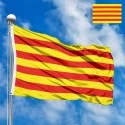
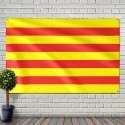
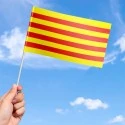
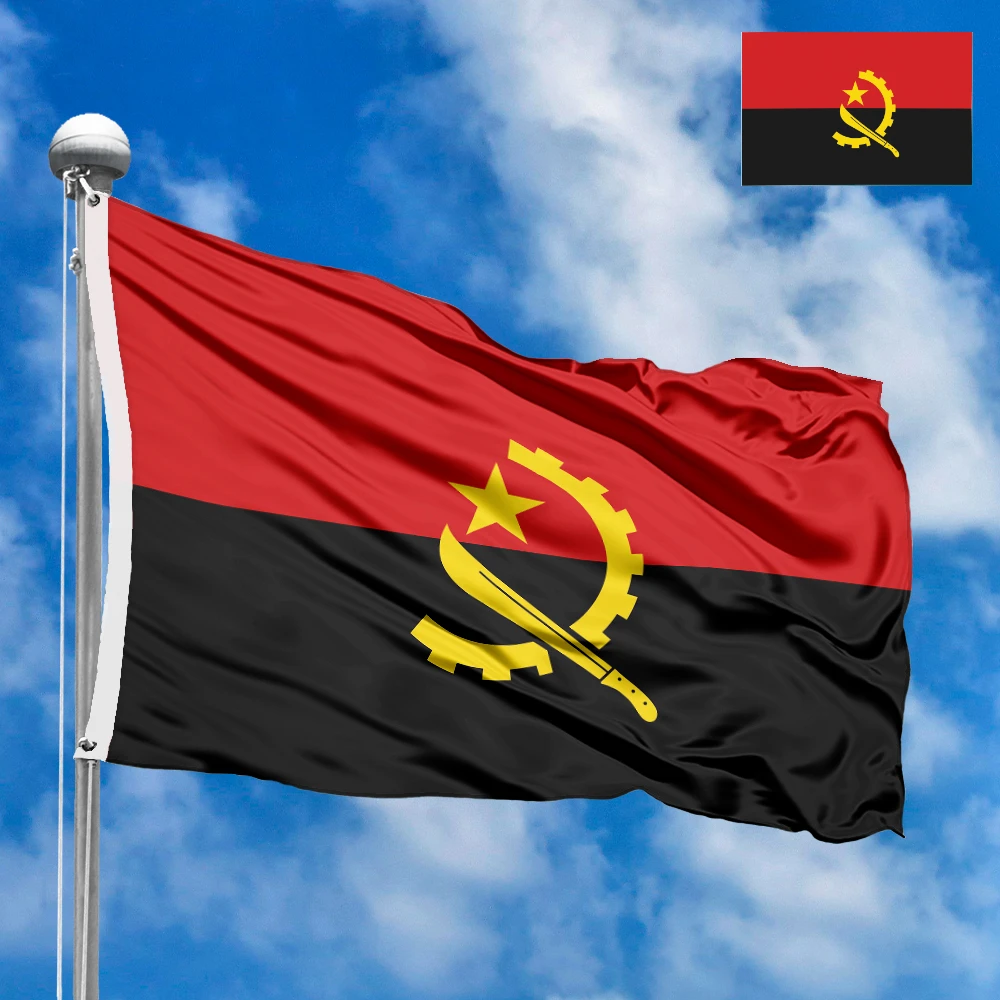
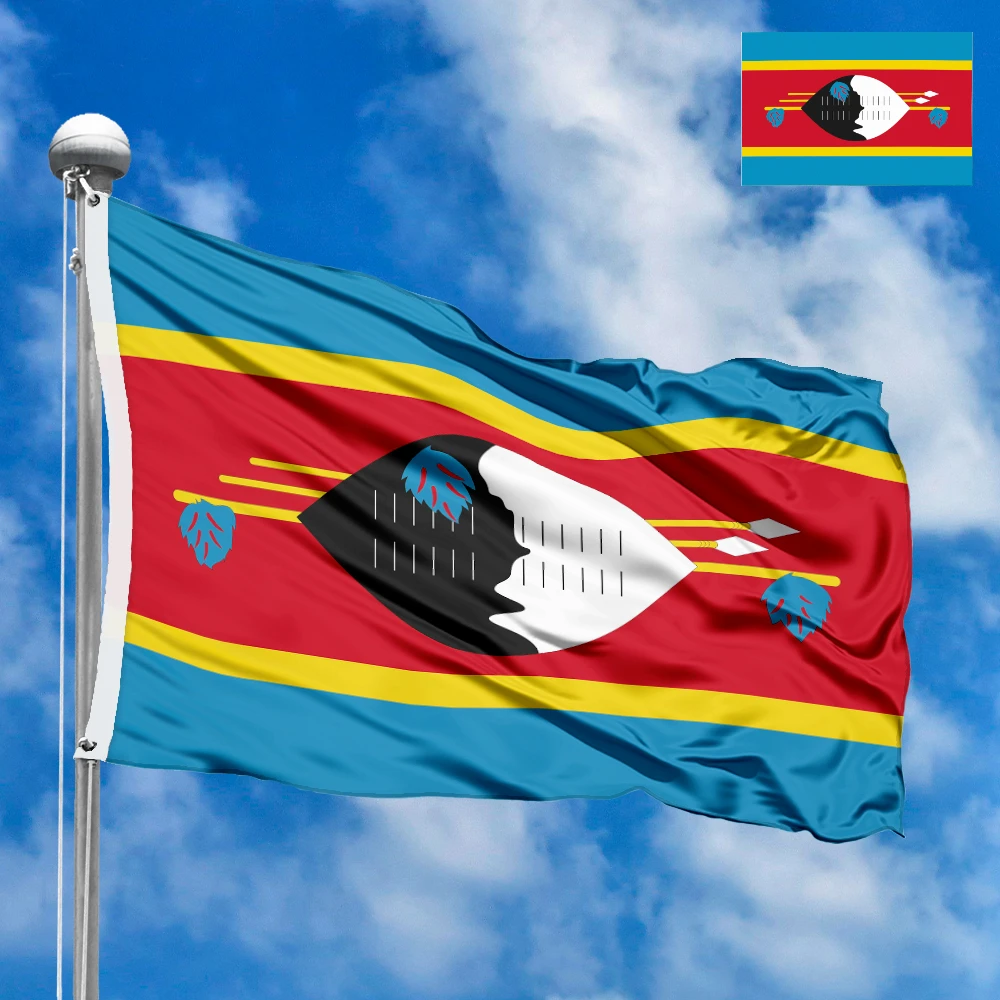

 Sizes:
Sizes:
 Sizes:
Sizes: